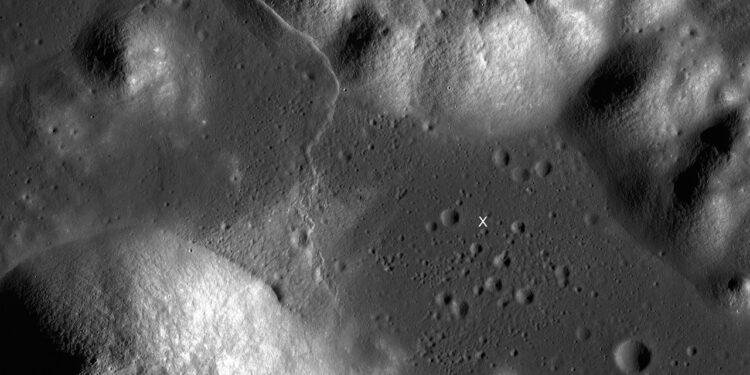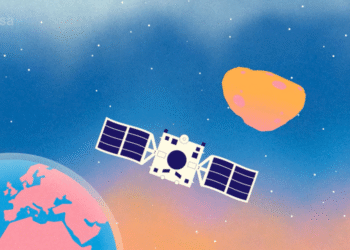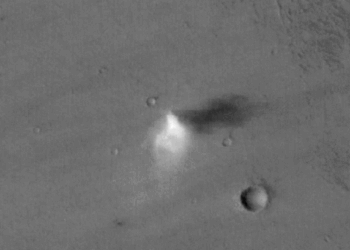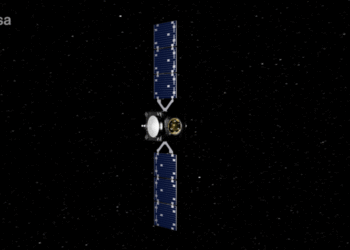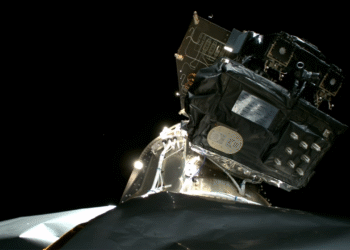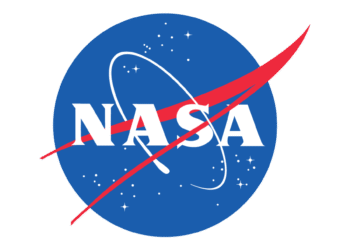The research on moonquakes has gained significant insights from the samples collected during the Apollo missions and the data from the Lunar Reconnaissance Orbiter (LRO). Scientists have utilized these resources to better understand seismic activity on the Moon. Lunar quakes, unlike those on Earth, are caused by forces such as tidal stresses, thermal expansion, and contraction of the lunar surface. The study of these quakes is crucial for future lunar explorations and establishing a sustainable human presence on the Moon.
One key finding from analyzing Apollo samples is the composition and structure of the Moon’s interior. These aspects affect how seismic waves travel through the lunar crust, providing data essential for predicting potential moonquakes. The LRO has contributed detailed topographic maps, offering a greater understanding of the lunar surface’s features and how these might relate to seismic hazards.
Predicting moonquakes involves examining several factors:
- Tidal forces exerted by the Earth.
- Thermal expansion due to sunlight warming the lunar surface.
- The lunar interior structure as revealed by Apollo samples.
- Surface characteristics mapped by the LRO.
These factors allow scientists to develop models for seismic activity on the Moon, improving the planning of future lunar missions to minimize risks from moonquakes. The ongoing analysis will potentially lead to safer and more effective human and robotic explorations.
For more detailed information, please refer to the original article on NASA’s website by following this link.


